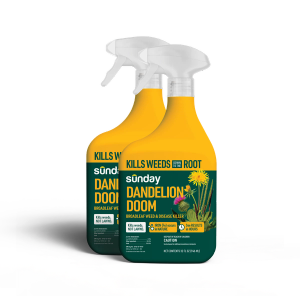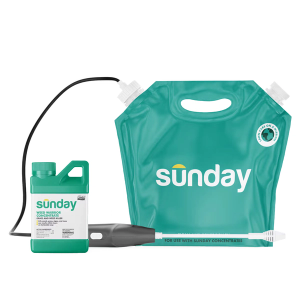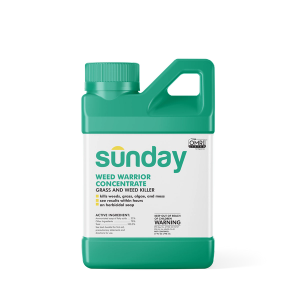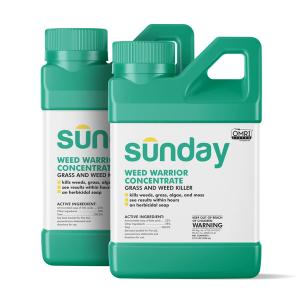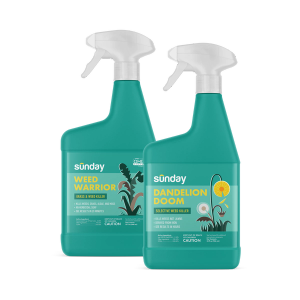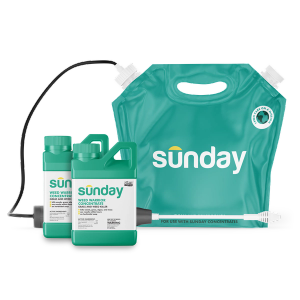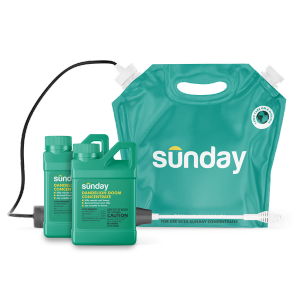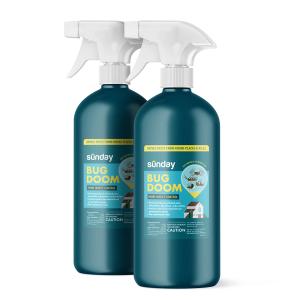The eastern cool-season region
Cool-season lawns are common throughout the relatively cool and wet regions of the eastern U.S., including: Connecticut, Delaware, Illinois, Indiana, Iowa, Maine, Massachusetts, Michigan, Minnesota, Missouri, New Hampshire, New Jersey, New York, Ohio, Pennsylvania, Rhode Island, Vermont, and Wisconsin as well as the eastern portions of Kansas, Nebraska, North Dakota, Oklahoma, South Dakota, and Texas.
Cool-season grasses can also be grown in parts of the transition zone in the East. This includes portions of Alabama, Arkansas, Georgia, Kentucky, Louisiana, Maryland, Mississippi, North Carolina, South Carolina, Tennessee, Virginia, West Virginia.
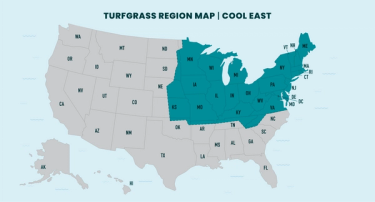
Cool-season grass types
Cool-season grasses in the East include the following:
These grasses grow best in the more mild spring and fall months, when temperatures are between 50 and 80ºF. They can survive the freezing winter temperatures in this region, but may struggle during the hot, humid summers. Generally, lawns in the East receive enough rainfall to support healthy grass growth without additional watering.
On the rare occasion, you might also see bentgrasses or an annual bluegrass lawn, but these are not very common.
Growing cool-season grass in the East
Although cool-season grasses thrive in the spring and fall, and can handle the cold winter temps in the East, they are susceptible to heat stress and lawn disease in summer months, particularly in the warmer regions of the transition zone. In the summer, supplemental watering may be required, or you can let your lawn go gold for a while to help it survive. If you do irrigate, make sure to avoid common watering mistakes to help prevent disease issues in the spring.
Overseed cool-season grasses in fall and spring to crowd out weeds, fill in bare spots, and improve the overall health and appearance of your lawn.
- Spring seeding: March - May
- Fall seeding: late August - early October
- Dormant or frost seeding: November - December
Bonus points if you use seed varieties that are more disease-resistant or that require less water, fertilizer, and pesticides. Sunday grass seeds are specially selected for disease resistance and low input requirements, so you have to do less and use less to grow a healthy lawn.
Sunday Tip:
The East is prone to periods of heavy rainfall, which can lead to wet spots and runoff. Lawns are great filters and can help reduce pollution, but if you have areas of the yard that pond after rain, consider planting a rain garden to help slow, trap, filter, and infiltrate excess rainfall.
Lawn care help for the East
Deciding what products to use to help your lawn thrive can be tricky. Using the tips above, start by narrowing in on the opportunities or challenges in your unique lawn. Are you dealing with patches, shade, weeds, or something else? The most important things to consider when determing what help your lawn might need is what type of grass you are growing and your soil health.
Here are some of our go to products for the East that you can get shipped to your door from Sunday!
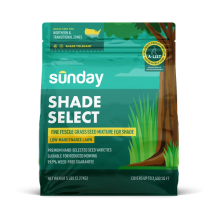
Shade Select Grass Seed
- Low sunshine
- Low water needs
- Northern, transitional climates
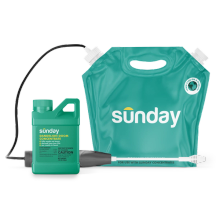
Dandelion Doom Lawn Weed Killer - Starter Pack
- Kills weeds down to the root
- Safe for use on lawns
- See results within hours
Resources for cool-season lawns in the East
Cool-Season Lawn Care Guide
Not sure what you should be doing in your lawn season-to-season? Our cool-season lawn care guide offers month-by-month to-dos to make lawn care easy.
Overwatered vs. Underwatered Lawns
Whether your lawn is lime green, limp and flimsy, or turning from blueish gray to brown and crispy, this quick checklist can help you identify and recover an overwatered or underwatered lawn.
How to Grow a Lawn in the Shade
For the more forested areas of the East, shade can be a problem for the lawn. If you have a tree-heavy yard, gather some tips on how to grow a lawn in the shade.
Weed ID Guide
Got weeds? Our weed ID guide can help you identify your lawn weeds, so you can better target your weed management approach.







